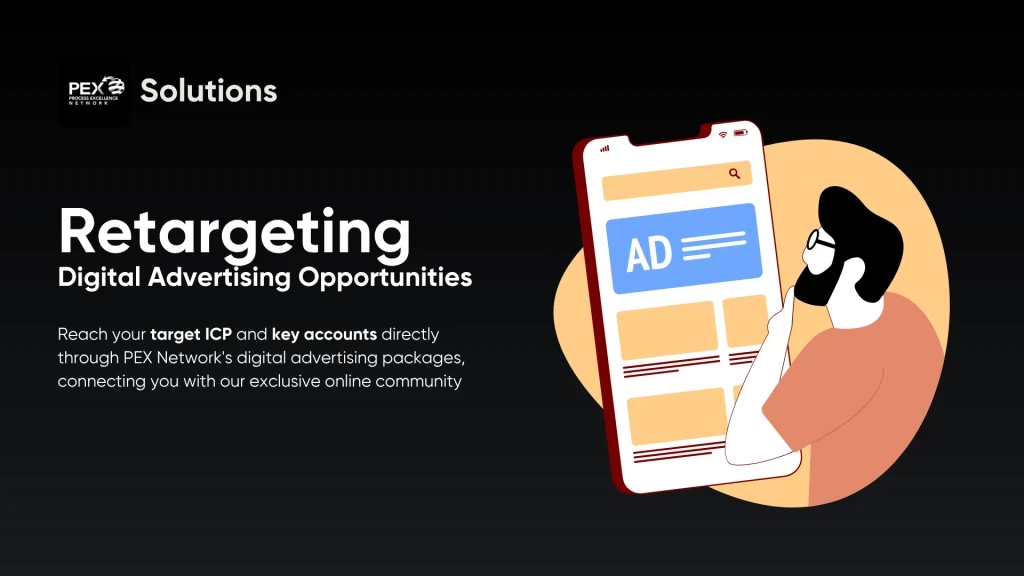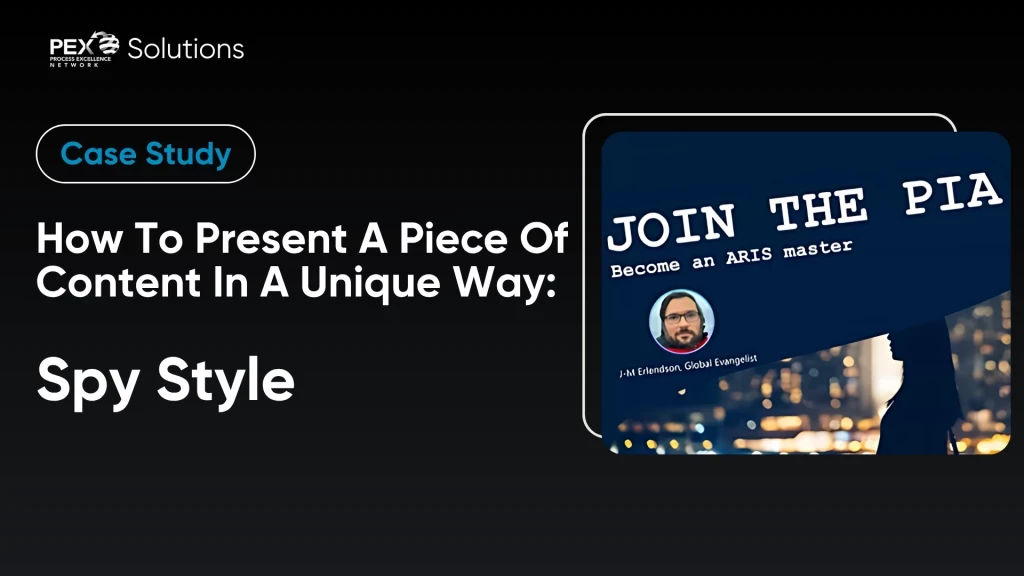Reinventing banking: Physical vs digital approaches to service excellence
Balancing operational and service excellence in financial services
Add bookmark
Innovation in banking often brings to mind artificial intelligence (AI) powered services, blockchain or digital-only banks. However, true transformation goes beyond technology – it’s about redefining operational models to improve efficiency, enhance customer experience and control costs.
Two standout examples in Latin America are Santander’s Work Café and Nu, each adopting a distinct yet impactful approach to banking. This article examines their strategies and how they achieve cost-effective service excellence (CESE), based on the framework by Jochen Wirtz and Valarie Zeithaml.
Join the PEX Network community

Don't miss any news, updates or insider tips from PEX Network by getting them delivered to your inbox. Sign up to our newsletter and join our community of experts.
Learn MoreSantander Work Café: Transforming the bank branch into an experience
Santander saw an opportunity to convert branches into experience-driven spaces. The Work Café concept, launched in Chile in 2016 and later expanded to Argentina, Brazil, Mexico, Poland, Portugal, Spain, the UK and the US, reimagines traditional bank branches as coworking spaces with a café atmosphere, somehow reminiscent of the Starbucks golden era.
These locations offer free workspaces, premium coffee and digital banking services, shifting banking from a transactional necessity to an engaging, customer-centric experience.
Applying the operations management approach
Santander follows the operations management approach to achieve cost-effective service excellence by:
- Streamlining processes: Routine transactions were shifted to self-service kiosks, ATMs and the mobile app, reducing back-office tasks.
- Enhancing human interaction: Staff now focus on advisory and commercial services rather than handling basic transactions.
- Optimizing physical spaces: Branches evolved into value-generating hubs, attracting customers and fostering loyalty.
By turning branches from cost centers into customer experience hubs, Santander demonstrates that brick-and-mortar banking can remain relevant – if designed for efficiency and engagement.
Personally, I’m a huge fan of Work Café, having visited numerous times to connect with my network, work remotely or simply enjoy the coffee.
Nu: The digital-only banking revolution
While Santander reinvented physical banking, Nu was designed from the start as a digital-only bank. Founded in Brazil in 2013, Nu built a low-cost, fully digital banking model, proving that an app-based experience can be scalable, efficient and profitable. Today, Nu operates in Brazil, Colombia and Mexico, serving over 110 million customers, making it the world’s largest neobank outside Asia.
A focused service factory model for scale and efficiency
Nu follows the focused service factory approach of Wirtz’s CESE framework, emphasizing standardization, automation and efficiency:
- Lean organizational structure: A flat hierarchy minimizes bureaucracy and operating costs.
- Automated customer interactions: AI-powered systems handle engagements seamlessly, reducing the need for human intervention.
- No physical branches: Eliminating overheads enables cost-effective service delivery at scale.
One of Nu’s biggest achievements is financial inclusion. Traditional banks often charged high fees to mass customers, prioritizing wealthier clients. Nu removed these barriers, and in just five years, it enabled over 20 million Brazilians to obtain their first credit card – a game-changer in the region.
While this model sacrifices customization, it ensures low-cost, accessible banking for millions.
Balancing operational and service excellence in financial services
Santander and Nu showcase different successful paths to cost-effective service excellence. Santander streamlined the traditional banking model, while Nu built a digital-first framework. Both traditional and digital-native banks must find ways to balance efficiency with service excellence:
- For traditional banks, one approach is reinventing physical spaces to lower costs and improve the customer experience, just as Santander did.
- For digital-native banks, the challenge is continuously refining scalable, standardized models, like Nu.
Ultimately, banking is more than just about safeguarding money. It’s about experience, accessibility and usability to make our lives easier.
All Access: Future of BPM 2026

You asked, and we listened. Business process management (BPM) remains the cornerstone technology for driving organizational transformation, according to the survey results featured in the latest PEX Report. As we look toward 2026 and beyond, generative AI, agentic AI, and intelligent process orchestration are redefining how processes are designed, executed, and optimized. BPM is your key to adapting swiftly and effectively in this new era.
PEX Network is bringing together industry leaders, technology innovators, and thought leaders to answer your biggest questions and explore the advancements reshaping business today. And you're invited. Register for free to save your spot now!
Register Now












